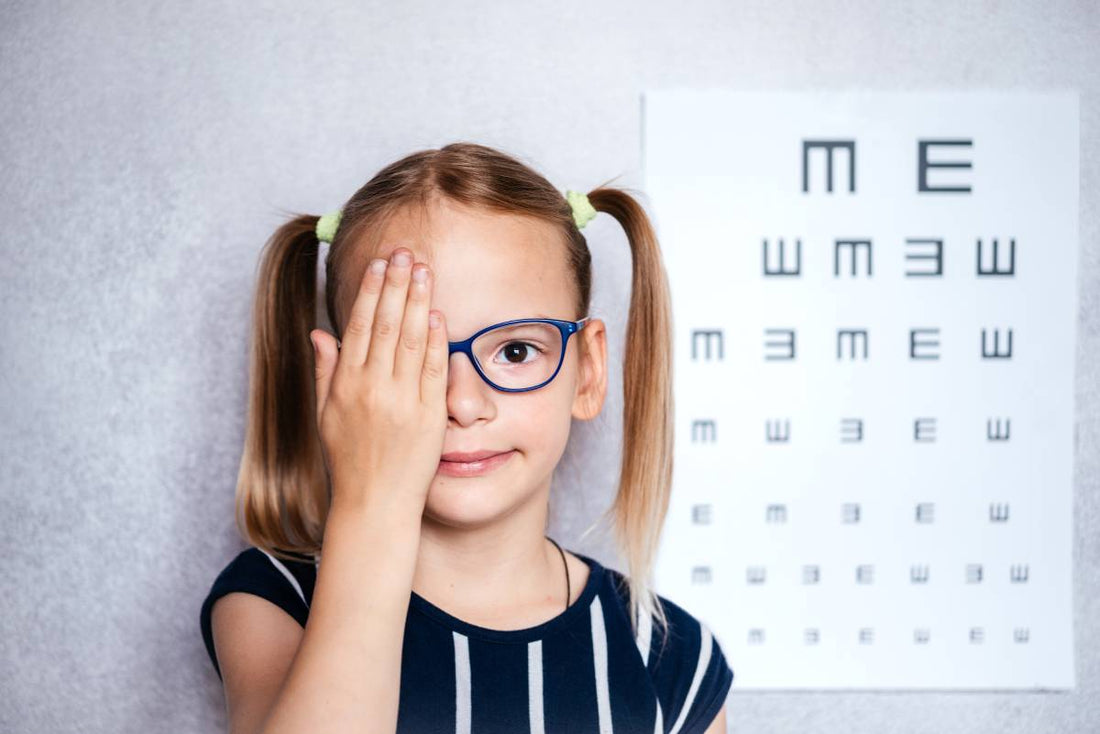
Knowledge about myopia control
What is myopia control?
Myopia is not just about a pair of glasses. Once myopia in children and teenagers onsets, it typically progresses or worsens every few months until the late teenage or early adulthood years.
Myopia progression brings with it:
- Increasingly blurred vision
- The need for frequent changes in spectacle or contact lens prescription
- Increased risk of eye diseases and vision problems over a person’s lifetime
Myopia control is also important in teenagers as their vision can still be worsening, albeit at a slower rate than in younger children. Around half of teenagers reach stability of their myopia progression around age 16,but this means half are still progressing, so ideally myopia control treatment should continue into early adulthood.
The good news is that there is now a large and growing body of evidence to support that myopia progression can be slowed down using specially designed spectacle lenses (glasses), contact lenses, ortho-k and atropine eye drops.
What are the different types of lenses for glasses?
Single vision glasses are the most commonly prescribed by optometrists and eye doctors, and used to correct myopia (shortsightedness), hyperopia (longsightedness) and astigmatism. Single vision lenses are simple to manufacture and widely available, making them an ideal solution for most vision correction problems.
A problem with single vision glasses is that their fixed focus only allows them to correct for one single power. This becomes limiting when people start to lose their ability to focus up close in their 40s, called presbyopia. In this case, a different prescription for glasses is needed for far vision than for close up vision.
Multifocal spectacle lenses include more than one focus power within the lens, and utilize eye movement across the lens for the wearer to be able to use the appropriate lens power. These have the far distance correction at the top of the lens, and a gradual change in power down to the near vision correction towards the bottom of the lens for reading.
Bifocal spectacles can be thought of as two pairs of glasses stuck together, with far vision correction above the visible line in the lenses, and reading vision correction below the visible line.
Children, teenagers young people sometimes need to wear multifocal or bifocal spectacle lenses to correct problems with eye focus and eye muscle coordination.